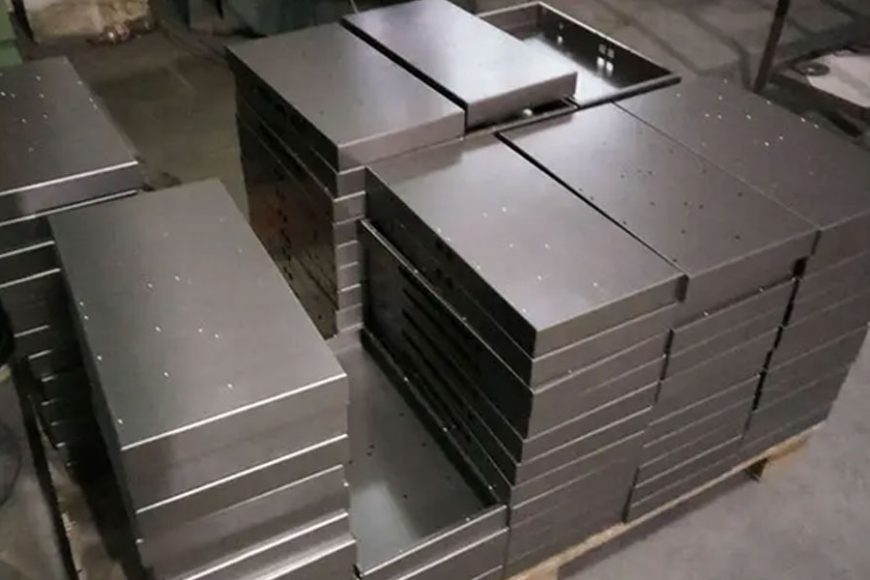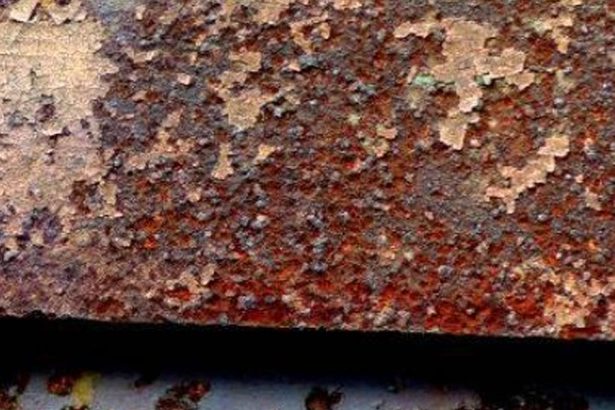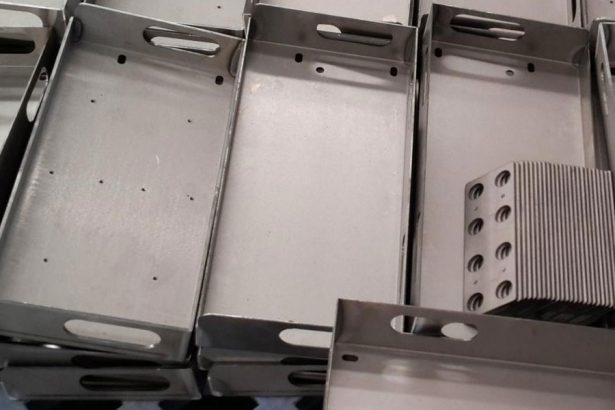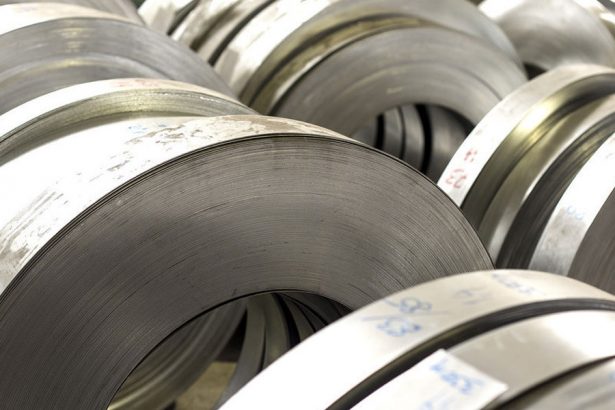Aluminum is one of the most versatile materials in the manufacturing industry. Its lightweight yet durable nature makes it a preferred choice for a wide range of applications, from aerospace components to everyday consumer products. Among the various aluminum alloys available, 5052 and 6061 are two of the most commonly used. In this article, we will delve into the differences between 5052 aluminum and 6061 aluminum to help you make an informed decision when selecting the right material for your specific project.
Composition
5052 Aluminum: 5052 aluminum is part of the 5xxx series, which is characterized by its magnesium content. This alloy primarily consists of aluminum (around 95.7%), magnesium (2.2%), and small amounts of other elements such as chromium, copper, and manganese. The inclusion of magnesium enhances the alloy’s corrosion resistance, making it suitable for marine applications.
6061 Aluminum: 6061 aluminum is part of the 6xxx series and is an aluminum-magnesium-silicon alloy. It comprises approximately 97.9% aluminum, 1% magnesium, and 0.6% silicon. This alloy is known for its exceptional strength and is widely used in structural applications.
Strength and Mechanical Properties
One of the key differences between 5052 and 6061 aluminum lies in their mechanical properties:
5052 Aluminum:
- 5052 aluminum is not as strong as 6061. It offers moderate strength and is better suited for applications where high strength is not a primary requirement.
- It has excellent corrosion resistance, making it ideal for applications in saltwater environments, such as marine components and boat hulls.
- 5052 is known for its formability and is often used in sheet metal fabrication, cooking utensils, and various household products.
6061 Aluminum:
- 6061 aluminum is significantly stronger than 5052. It is often chosen for structural applications where high strength and durability are essential.
- This alloy exhibits good machinability and weldability, making it suitable for manufacturing components like aircraft parts, bicycle frames, and automotive structures.
Heat Treatment
5052 and 6061 aluminum can undergo different heat treatment processes, which further impact their properties:
- 5052 Aluminum:5052 aluminum is not heat-treatable in the same way as 6061. It is generally annealed, which improves its workability and softens the material for bending and forming.
- 6061 Aluminum:6061 aluminum can be heat-treated to enhance its mechanical properties, specifically its strength. It can be solution heat-treated and artificially aged to achieve the desired combination of strength and toughness.
Cost Considerations
The cost of these two aluminum alloys can vary based on factors such as availability and demand. Typically, 5052 aluminum is more cost-effective than 6061 due to its lower manufacturing and processing costs.
Conclusion
In summary, the choice between 5052 aluminum and 6061 aluminum depends on the specific requirements of your project. If you need a material with excellent corrosion resistance for applications in marine environments, 5052 may be the better option. However, if high strength and structural integrity are your priorities, 6061 aluminum is the way to go. Remember to consider factors like mechanical properties, heat treatment capabilities, and cost when making your selection. Both alloys have their unique advantages and can excel in various applications, demonstrating the exceptional versatility of aluminum in the manufacturing industry.
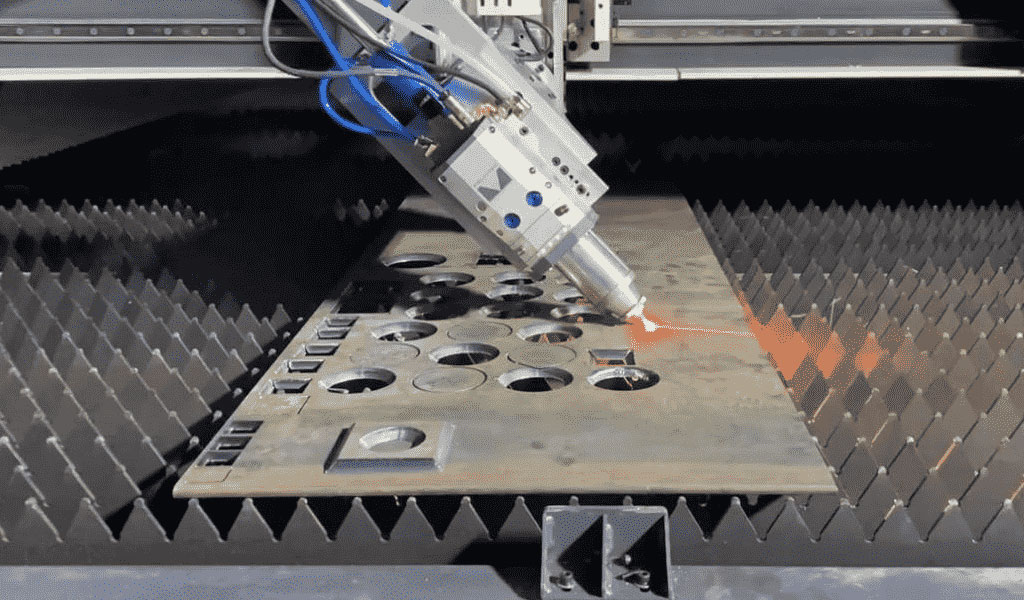
China Sheet Metal Fabrication Manufacturer
Custom precision metal fabrication services. Product specialties include UL® certified NEMA enclosures for various environmental conditions. Capabilities include punching, shearing, laser cutting, bending, machining, press brake forming, and welding. Materials worked with include mild steel, stainless steel, aluminum, brass, and more. Production volumes range from prototype to 10,000 pieces annually. Contract options include discrete orders, blanket orders, quarterly buys, and annual contracts. Value added services include inventory management, rapid prototyping, process development, design for manufacturability, inspection, supply chain management, transportation, and logistics. Industries served include aerospace, automotive, defense, electronic, electrical, entertainment, food and beverage, health, industrial automation, machinery, medical, oil, energy, power, sporting goods, telecommunications, transportation, and more.
using high quality materials
for your sheet metal parts orders
We uses a wide range of material selections for our sheet metal fabrication process. Among our materials are aluminum, stainless steel, brass, magnesium, copper, carbon steel, bronze, galvanized steel, and more. Each material is available in different grades and varieties. Rest assured that all the materials used for your sheet metal parts are durable, corrosion-resistant, long-lasting, rust-proof, wear-resistant, and high-performance. If you want a specific material to be used in the sheet metal fabrication process, don’t hesitate to contact us!
- Carbon Steel
- Stainless Steel
- Aluminum
- Brass
- Copper
- Magnesium
- Bronze
- Galvanized Steel
Why BE-CU is Trusted by 1000+ Clients
Our sheet metal fabrication covers a lot of benefits to many industries, businesses, or projects. Below are the advantages of our services.
- Affordable and Fast Production:We can quickly produce different sheet metal prototypes and final products. KDM offers speedy production while assuring high precision. Our high-volume production also allows us to have cost-effect sheet metal fabrication services.
- Excellent Strength to Weight Ratio:Through our advanced sheet metal fabrication, we can produce sheet metal parts that are lightweight yet durable. We assure high strength, scratch resistance, and corrosion resistance to all produced sheet metal products.
- Wide Range of Materials and Techniques Used:We are experts in different sheet metal fabrication techniques that allow us to produce complex parts with additional intricate features such as notches, slots, holes, etc. Our wide range of sheet metal materials can also withstand electrical, high heat, corrosion, and more.
Online Contact China Precision Sheet Metal Manufacturers
As a direct supplier of precision machined and finished complete components to all segments of the aerospace, semiconductor, automotive, and medical industries, including innovative high tech startups, BE-CU Sheet metal manufacturer is your trusted source for precision sheet metal fabrication services.
To learn more about our aluminum,stainless steel and other steel alloy sheet metal fabrication services, contact us, or give us a call at +86 153 8731 8440, and one of our expert associates will assist you. BE-CU is your trusted source for premium sheet metal fabrication services and metal spinning china manufacturer.

